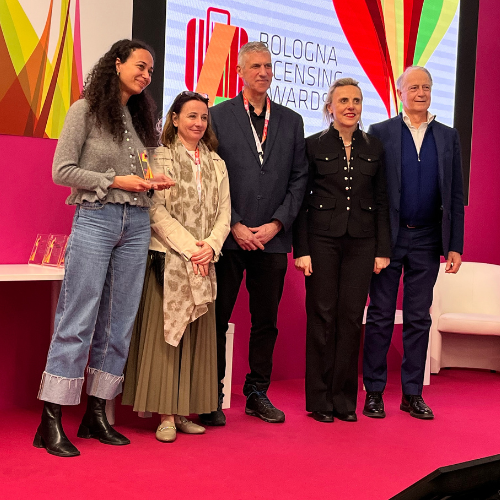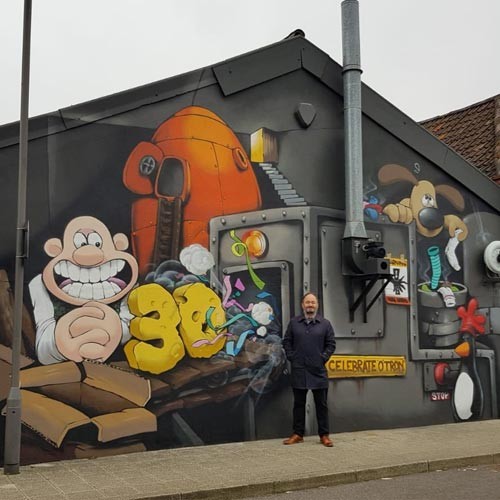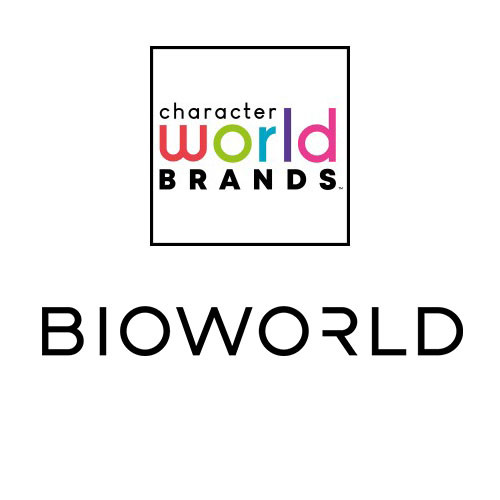It’s a New Year, and Start Licensing’s Ian Downes is back on the quest for added value.
A sure sign that the New Year has started are the TV adverts announcing new partwork collections – these are magazines generally sold with an ‘added value’ collectable that are distributed through news agents and supermarkets. The TV adverts are normally ‘clockhoured’ – being shown frequently to encourage consumers to start a collection.
The success of a partwork depends on a high level of ‘starters’ and a significant percentage of those starters becoming regular collectors. The first issue of partworks are normally big items presented on a backing board to ensure high visibility at retail.
Licensing is now a key component in the partwork industry. It has provided a new outlet for rights holders and is an international business making a successful partwork a lucrative part of the licensing mix. However, to get to the starting line is a long process and many licences don’t suit the product while others go by the wayside after test campaigns.
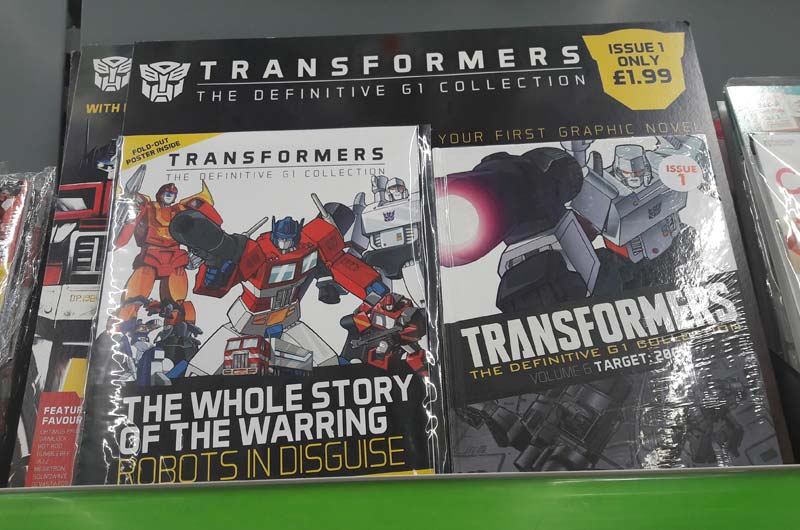
A new partwork collection that caught my eye at retail and on TV this week is one from Hachette Partworks featuring Transformers. The collectable is a graphic novel featuring comic strips from the original Transformers series. The graphic novel format is one that has been successful in partworks before. It is a natural collection and for many consumers provides the opportunity to collect comics that are hard to come by in a user friendly format.
Generally collections come with supporting literature that provide detailed background around a licence. For a brand owner, a partwork series provides a new route to market for back catalogue material, helps a brand recruit new consumers and delivers a significant marketing spend. I would imagine Hasbro would be looking at other ways of using the comic material in licensing such as apparel and maybe working with Hachette to create other collectible products.
Licensing and publishing have long been bedfellows, but recently I have seen a growing trend for hybrid books which feature book elements coupled with more toyetic feature items and other added value elements. Publishers refer to this category as ‘books plus’. This style of book appeals to retailers such as supermarkets and other multiple retailers such as Wilko and The Works. In the run up to Christmas you tend to see more of these formats as they are ideal gift items.
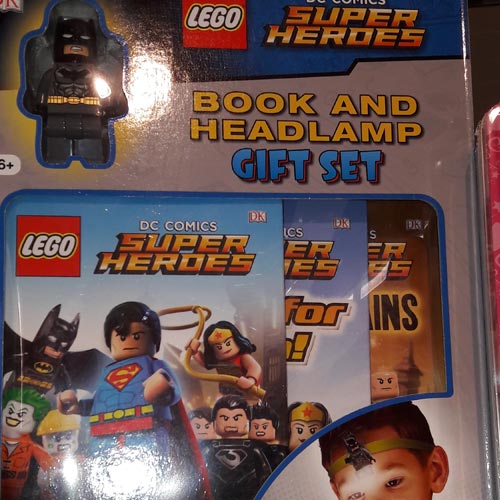
In the current clutch of products at retail, ones that stood out for me in terms of their creative use of a licence and innovative approach to product were: a range of LEGO Comic Activity books that are accompanied with mini LEGO figures using licences such as Star Wars and DC Comics (published by Egmont); a Press Out and Play format from Centum Books using The Secret Life of Pets (which included nine masks); and a particularly innovative book from Dorling Kindersley featuring LEGO and DC Comics Super Heroes – this was a Book with Headlamp set using Batman.
The latter product was particularly interesting as it managed to make reading a role play activity – reading a book illuminated by a character headlamp would hold a lot of appeal to a young reader. One of my favourite products in this genre was a Book and Prank Set produced by Penguin featuring Beano – it was pitched as the Prankipedia and fitted well into a variety of retailers. A great example of using an appropriate license to add value and distinction to a product.
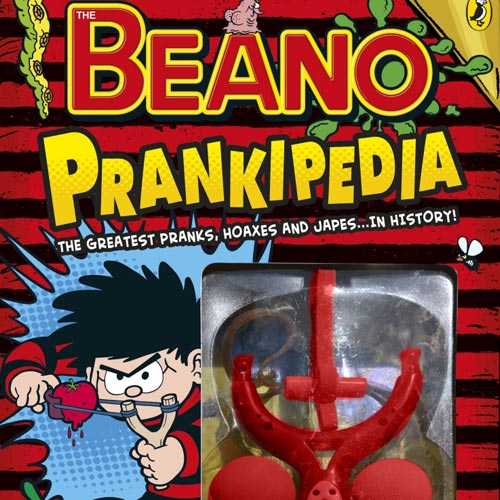
These type of books are focused on value, with some packs containing up to three books, and rely on clever ideas for the added value elements. There are publishers who specialise in this style of book and category, but it is interesting to see the ‘big’ publishers getting better at producing these and recognising their potential in the publishing mix.
I think this is a category that licensing can score well in and it is worth spending time on NPD-wise. It could also help in situations where a master toy deal is not available to a rights holder.
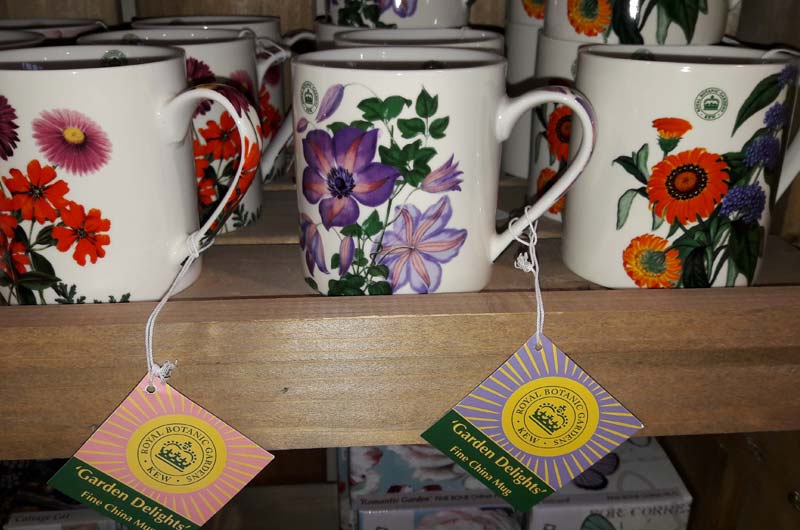
As noted before it is vital that Licensing PLC continues to focus on new routes to market and identifying licensing opportunities to fit well with specific retailers. With this in mind, a range of housewares from Creative Tops using the RHS Kew Gardens brand fits the bill well. I saw the range in a garden centre – Squires – and it was presented in a branded space and featured botanical print designs. A perfect fit for a garden centre.
In the same vein, greetings cards are a good fit with garden centres and card publishers seem to be doing a good job of matching subject matter to this retail sector. A good example of this is Squires stocking Matt Sewell’s Birds greetings cards range. A good fit as garden centres have bird care departments and consumers visit garden centres to buy products like bird seed and bird feeders.
I look forward to ‘Looking Out’ in 2017 and wish you all a successful year in licensing.
Ian Downes runs Start Licensing, an independent brand licensing agency. His Twitter handle is @startlicensing – he would welcome your suggestions for what to look out for.













